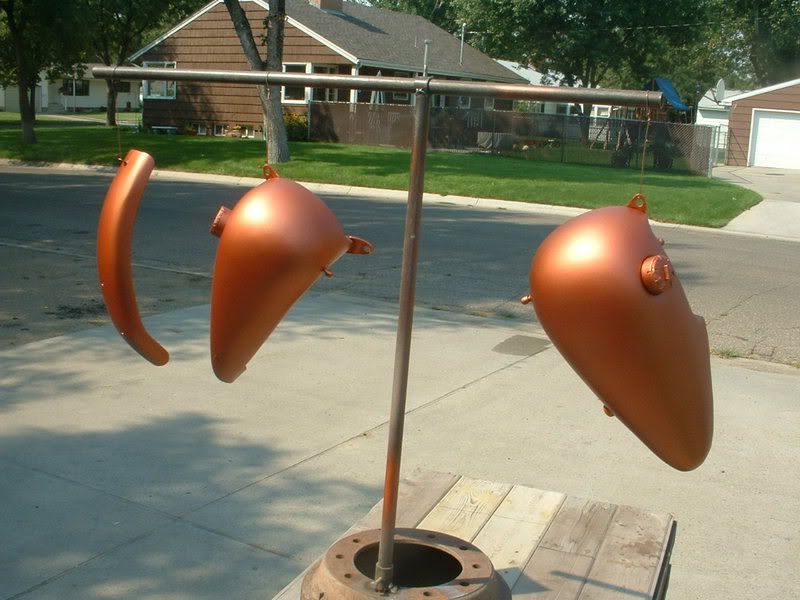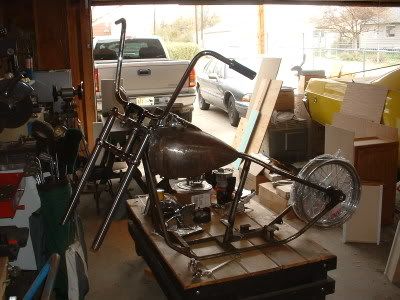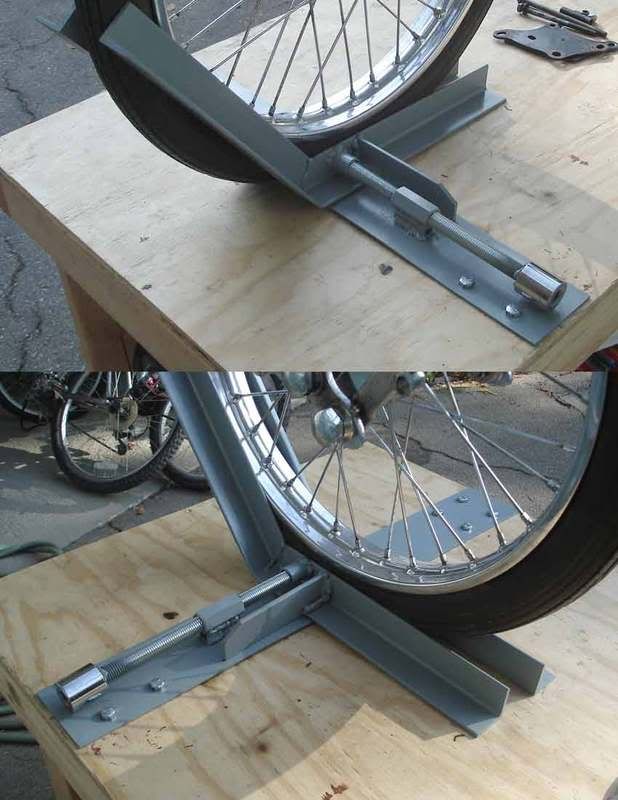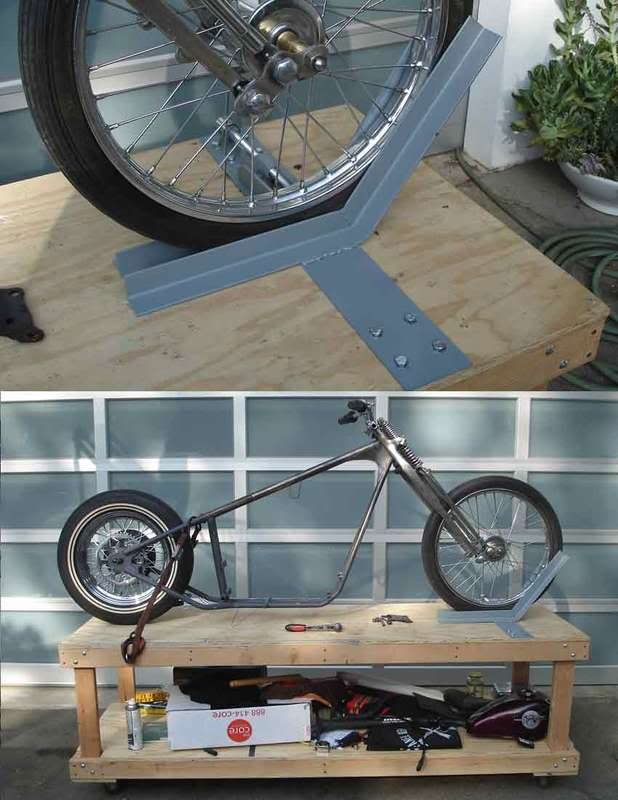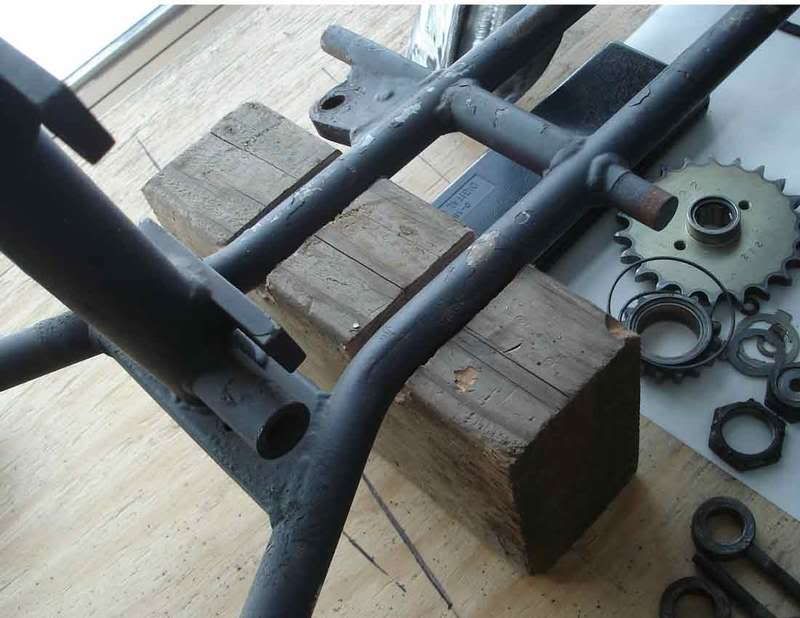Sure Raz,
First single phase (2 hot legs) enters the knife switch box at the bottom of the box. Leg #2 is jumped(split) to power up what will become the third leg. Time-delay fuses are installed so that the breaker doesn't trip during initial start-up.
Then the third leg power is sent down to a start capacitor. It returns up and into the momentary (light switch) switch. It then goes down and "bump starts" the idler motor which is bolted to the side of my mill.
With zero load on the idler motor, it creates a steady third leg (L3) which can now be used by the mill & lathe.
Though still a bit messy, the circuits can be identified on the wall board in this last photo. When running only
one machine, the circuits (L1, L2, & l3) are very well ballanced and the "created 3rd leg" is at 92% - 96% amperage which is just about perfect. When running both(mill & lathe) machines simultaneously, amperage on L3 drops to 88% so I just plug in to the dayton run cap (blue star in photo) and this brings it back up to 95%.
Total expenses were $80 this includes the idler motor(ebay), fuses, romex, capacitors, and light switch. The knife switch came with the mill when I got it, so that was a freebie.








